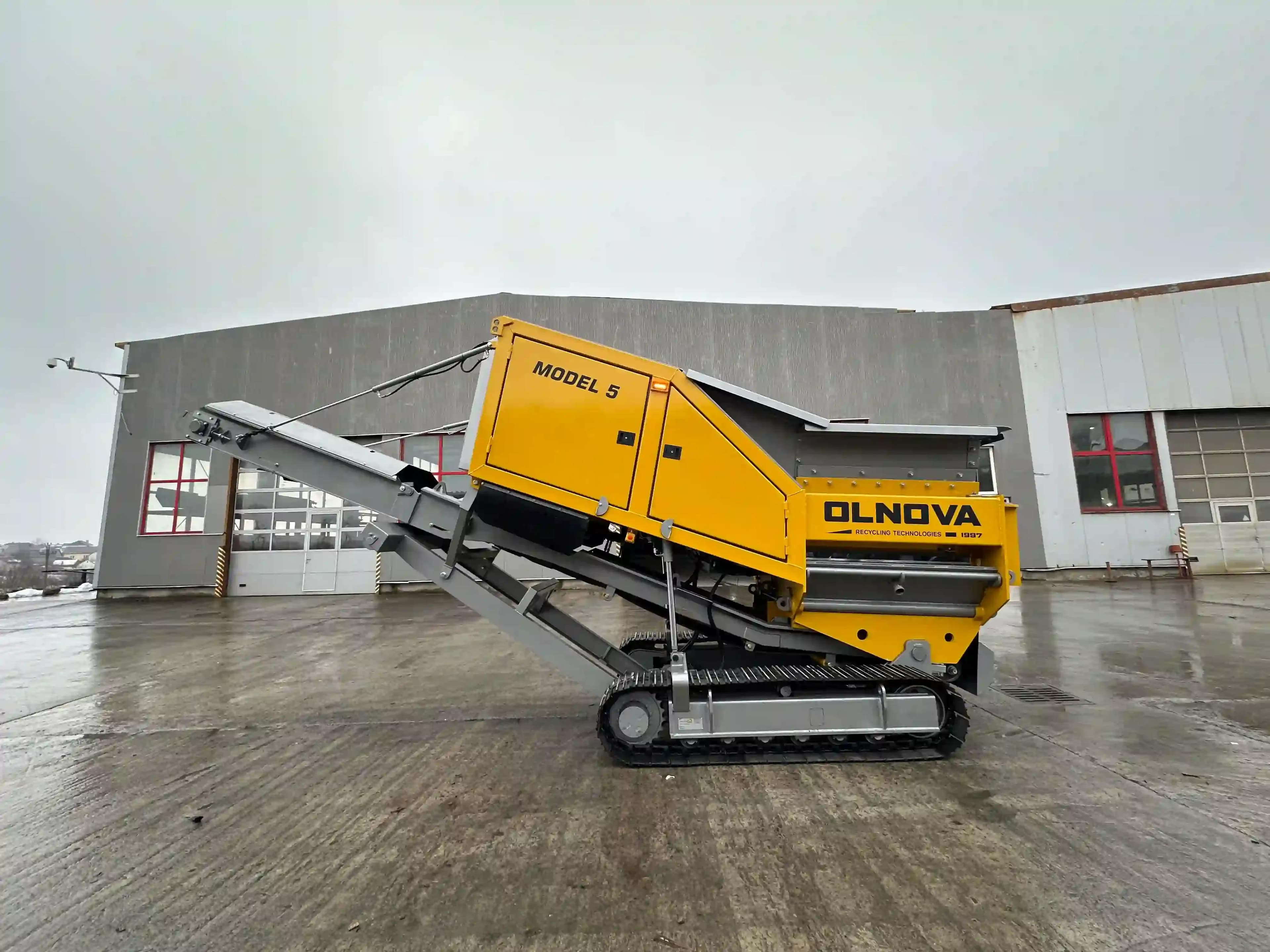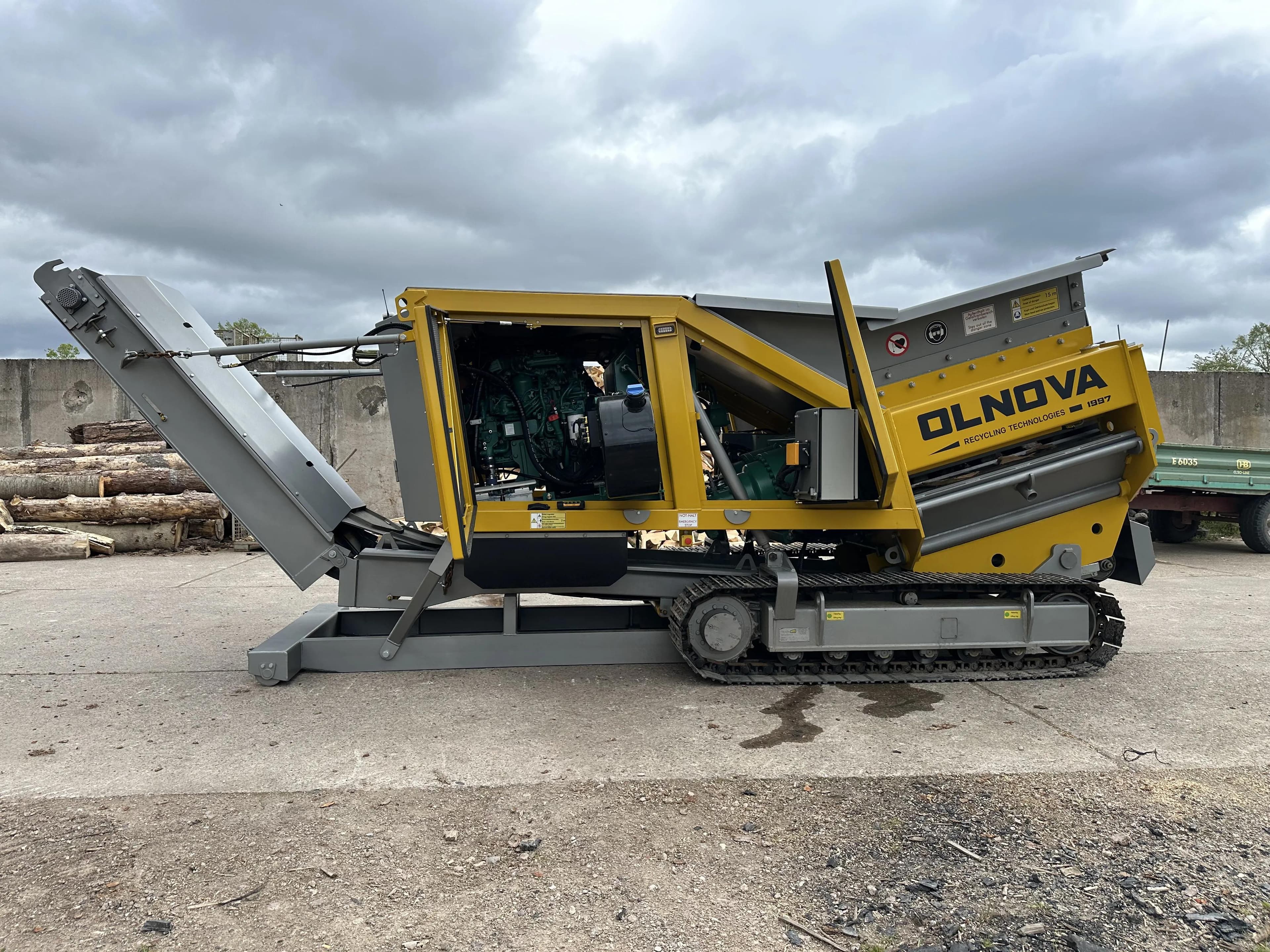Plastic Shredders: A Complete Guide for Recycling Operations, Manufacturers, and Waste Processors

Plastic shredders are the heart of many modern recycling and waste-reduction workflows. Whether processing PET bottles, HDPE containers, PVC pipes, LDPE film, or hard plastic scrap, a plastic shredder provides the size reduction needed to convert waste plastic into reusable, pelletizable material.

From small-scale Precious Plastic workspaces to full commercial recycling business operations, shredders support sustainability by turning plastic waste into feedstock for granulators, extruders, and production lines. Choosing the right shredder ensures consistent throughput, long-term durability, and reliable performance across a wide range of plastic materials.
Plastic shredders come in many configurations—from compact single-shaft designs to heavy-duty industrial dual-shaft shredders capable of handling large volumes. With the right equipment, recyclers can process plastic into uniform scrap that is ready for extrusion, pelletization, or resale.
What a Plastic Shredder Does
A plastic shredder size-reduces scrap plastic into smaller, manageable pieces. This process supports downstream stages like washing, granulation, extrusion, and pellet-making.
Plastic shredders typically perform three primary functions:
- Cutting, tearing, or shearing plastic into consistent flakes or strips
- Preparing material for granulation and extrusion lines
- Handling mixed or contaminated plastic that traditional crusher machines struggle with
Shredders are widely used in waste management facilities, recycling plants, manufacturing operations, and closed-loop production environments. They help reduce landfill waste, support circular-economy initiatives, and create cost-effective recycling solutions for plastic scrap.

Types of Plastic Shredders
Plastic shredders vary by rotor style, throughput capacity, and the types of plastics they are designed to handle.
Single-Shaft Shredders
Single-shaft shredders use a central rotor and hydraulic pusher to pull material into the cutting chamber. They are ideal for uniform plastics such as HDPE pipes, PVC profiles, injected molded parts, and larger solid plastic materials.
They offer a balance of throughput, consistency, and cost-effectiveness, making them popular for small-scale and medium-volume recycling operations.
Dual-Shaft or Twin-Shaft Shredders
Dual-shaft designs are preferred for heavy-duty shredding and tough plastic waste. Their high torque and low-speed rotation allow them to process contaminated materials, bulky items, plastic drums, pallets, bumpers, and a variety of polymers.
They are common in industrial recycling facilities and waste management operations where large volumes must be shredded before granulation.
Granulators and Plastic Grinders
While not technically shredders, granulators often sit after shredders in a production line. Shredders break down the initial plastic load; granulators refine it into fine flakes ready for extrusion.
Granulators handle rigid plastics and produce consistent size reduction needed for pelletization.
Small-Scale Plastic Shredders
These systems serve makerspaces, laboratories, and local recycling hubs. Inspired by the Precious Plastic movement, these machines help students, hobbyists, and small recycling business startups turn household plastics into reusable materials.
What Plastics Can Be Shredded?
Plastic shredders can process nearly all common types of plastics, including:
- HDPE
- LDPE
- PVC
- PET
- Polypropylene
- Polystyrene
- Mixed or contaminated plastics
- Hard plastics such as bins, buckets, tanks
- Plastic bottles and packaging film
- Production scrap from extruders or injection molding
Some machines handle only clean plastic, while heavy-duty industrial plastic shredders can process waste plastic streams containing dirt, labels, or small metal contaminants.
Key Features and Components of a Plastic Shredder
Plastic shredders include several components that influence performance, durability, and throughput.
Rotor Design
The rotor is the core cutting component that determines flake size, torque, and feed behavior. Larger rotors improve cutting efficiency and allow the shredder to handle dense or hard materials.
Cutting Chamber
This chamber houses knives, counter knives, and the feed system. A durable, wear-resistant chamber ensures long life when shredding abrasive plastics or filled polymers.
Hydraulic Pusher
In single-shaft shredders, the pusher forces material toward the rotor. It ensures consistent feed to maintain throughput and reduce idle cycle times.
Screens and Size Control
Many shredders use screens to control output size and achieve consistent size reduction for granulation or extrusion.
Drive System
Shredders are powered by electric motors or hydraulic drives. Electric systems deliver consistent torque for industrial use; hydraulic systems excel at processing irregular, bulky loads.
Safety and Access
Plastic shredders often include emergency stops, overload protection, and easy-access maintenance doors for cleaning and blade changes.

Applications in Plastic Recycling and Waste Management
Plastic shredders support a wide range of industries and use cases.
Recycling Facilities
Shredders break down plastic bottles, films, containers, and production scrap for granulation, washing, and pelletization.
Manufacturing Plants
Producers use shredders for reprocessing extrusion waste, rejected parts, sprues, and runners, reducing material costs and waste.
Waste Management
Municipal and industrial waste processors shred mixed waste streams to reduce volume, separate materials, or prepare them for mechanical recycling.
Precious Plastic and Small Workshops
Compact shredders help small-scale recyclers transform everyday plastic waste into usable raw material.
Production Lines
Plastic shredders integrate into automated production lines to maintain continuous recycling loops and reduce downtime.
Benefits of Using a Plastic Shredder
- Significant size reduction for easier handling
- Improved consistency for extrusion and pelletization
- Ability to handle mixed, hard, or contaminated plastics
- Reduced landfill waste and lower disposal costs
- Support for sustainability and recycling programs
- Lower raw material costs through plastic reuse
- High-volume throughput for commercial recyclers
Plastic shredders help businesses treat plastic waste as a resource, not a liability.
Frequently Asked Questions About Plastic Shredders
What is the difference between a plastic shredder and a granulator?
A shredder performs the initial size reduction, while a granulator refines flakes into uniform pellets suitable for extrusion or molding.
Can a plastic shredder handle hard plastics?
Yes. Industrial plastic shredders are designed to process hard plastic items like bins, pallets, and thick-walled molded parts.
What throughput should I expect?
Throughput depends on rotor size, motor power, and plastic type, ranging from small workshop shredders to high-volume industrial machines.
Which shredder is best for mixed plastic waste?
Dual-shaft shredders excel at processing mixed and contaminated plastics due to their high torque and slow-speed cutting.
Do I need both a shredder and a granulator?
Most commercial recycling workflows use both. The shredder handles bulk size reduction; the granulator produces fine flakes needed for pelletization.
Can plastic shredders be part of a full recycling line?
Yes. They often integrate with conveyors, grinders, washing systems, extruders, and pelletization systems.







